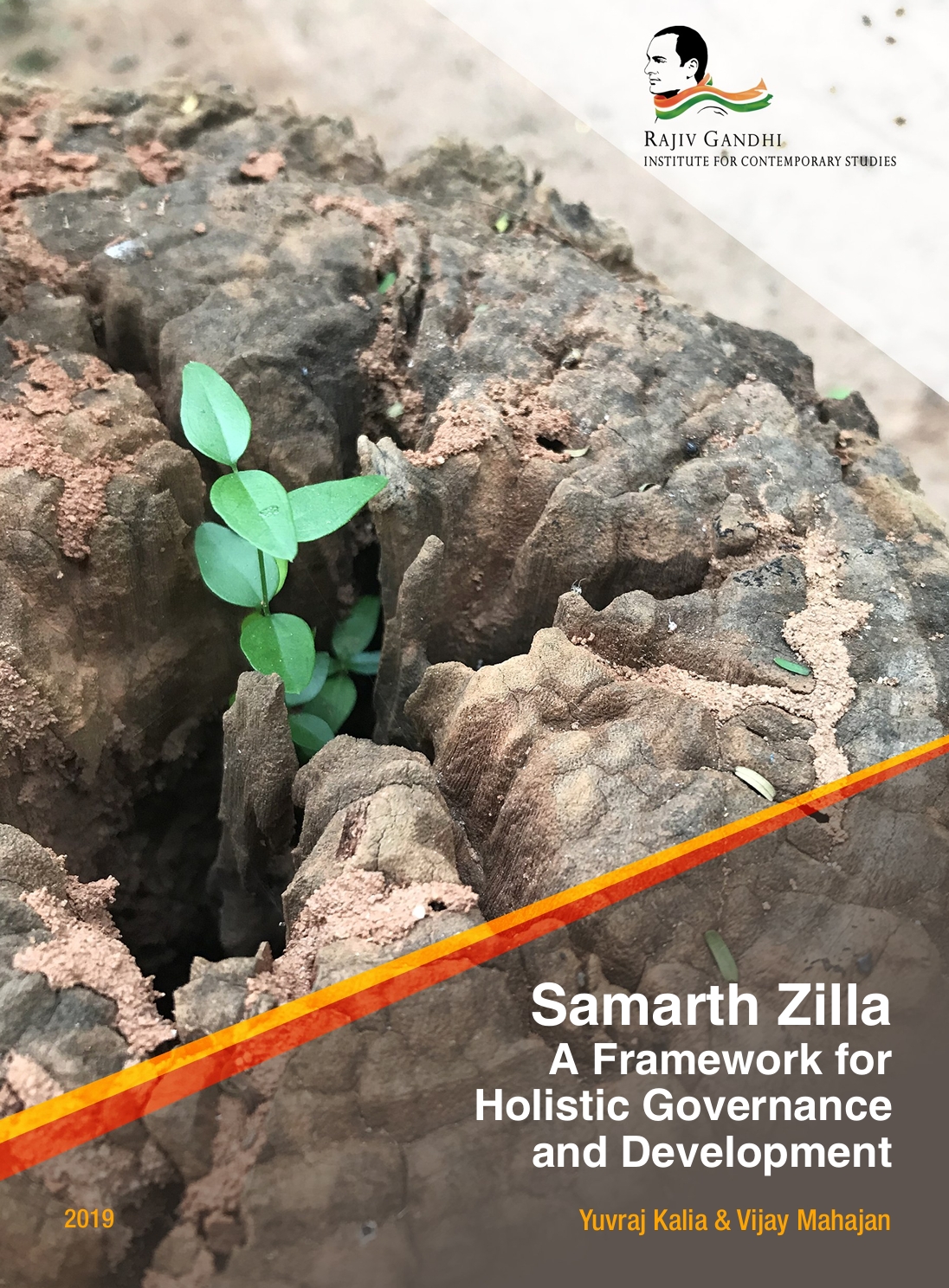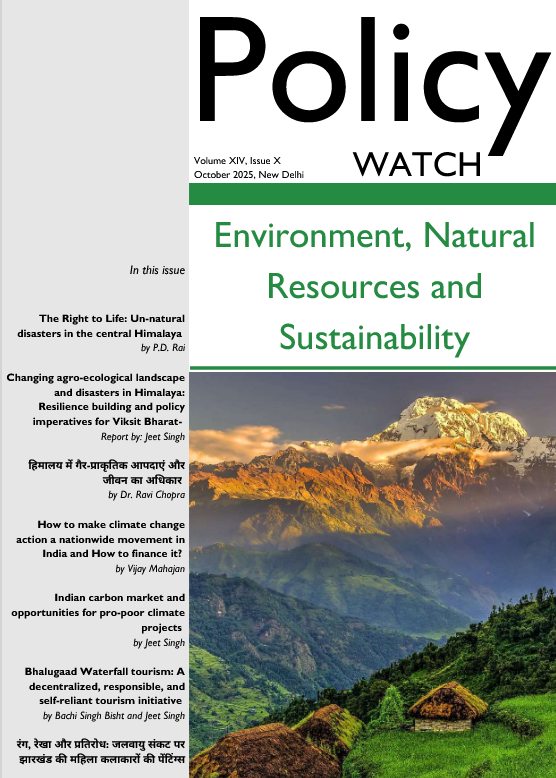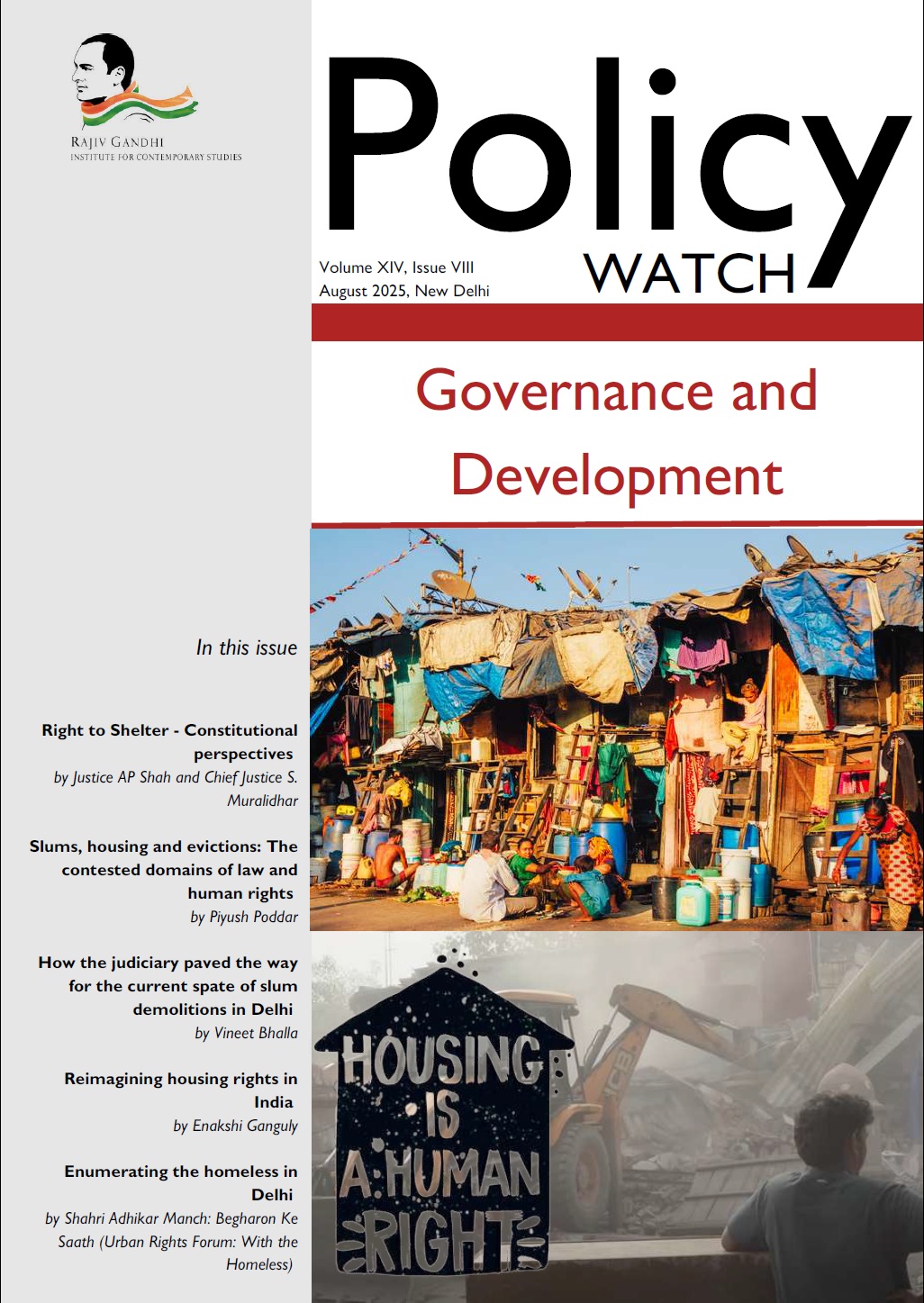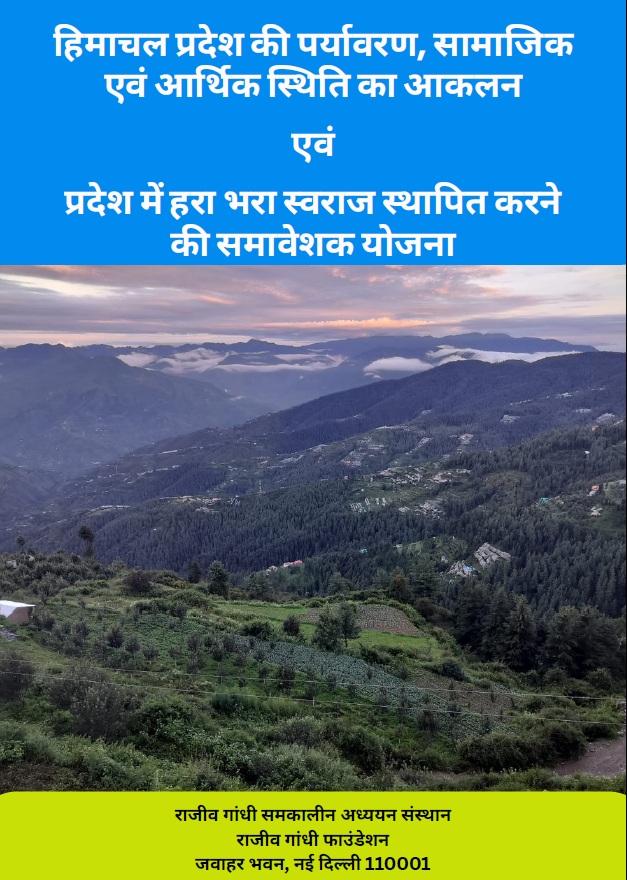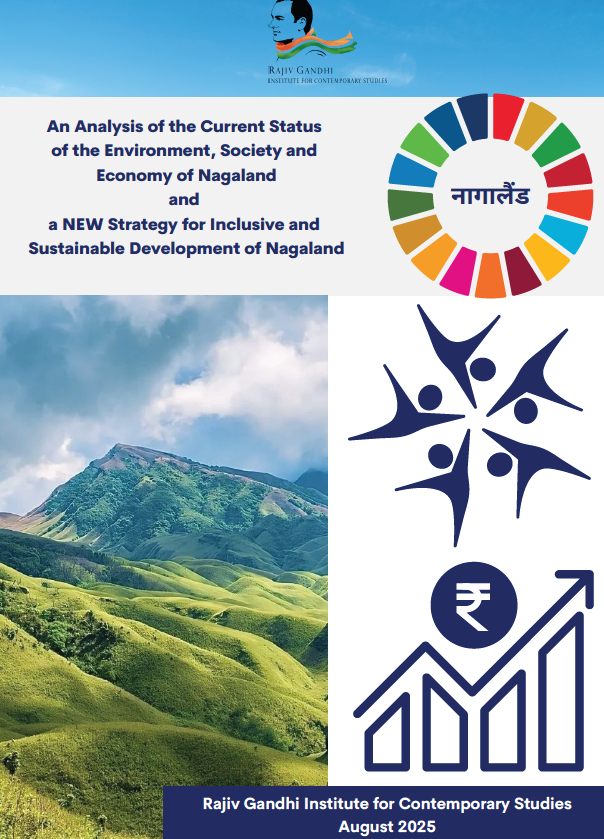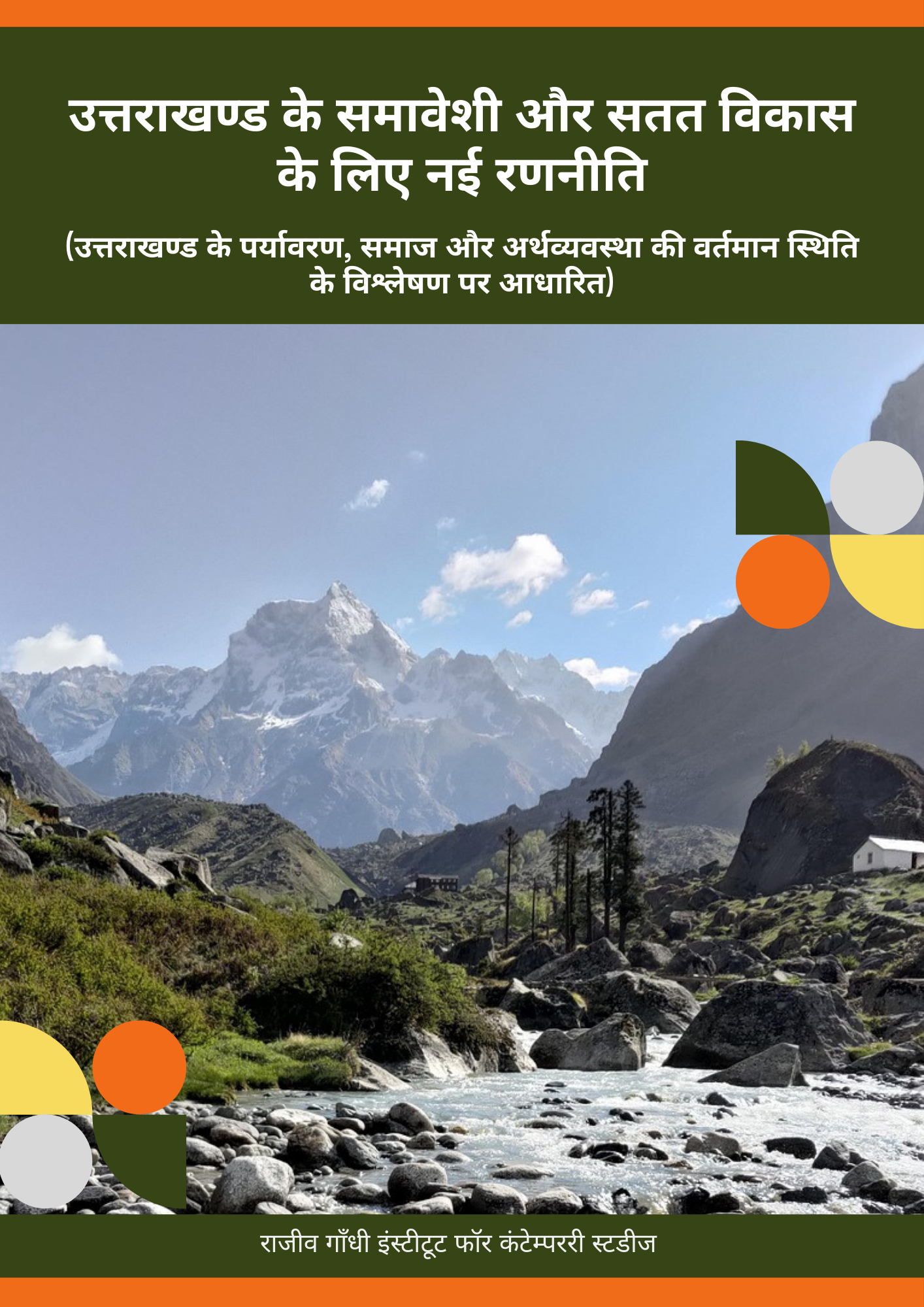India’s development is uneven, with some districts thriving while others struggle with poverty, poor infrastructure, and weak governance. The Samarth Zilla Framework argues that the key to solving these issues lies at the district level. Instead of relying on top-down policies that often fail to address local challenges, the framework proposes a more localized, people-centered approach. It emphasizes five key areas—natural, human, social, physical, and financial capital—as the foundation for self-sustaining and resilient communities.
Many districts lack basic resources, good schools, quality healthcare, and infrastructure. Government programs often fail due to poor planning and lack of coordination. Decision-making is too centralized, leaving local leaders powerless to implement real change. Social and political divisions make community-driven progress difficult, and funding rarely reaches those who need it most.
The Samarth Zilla model pushes for stronger district-level governance, where local leaders, businesses, and communities work together to create solutions. The Panchmukhi Samvaay approach brings civil society, government, media, and financial institutions into a collaborative network to drive change. The focus is on building leadership, fostering trust, and making policies that reflect each district’s unique needs.
True development isn’t just about economic growth—it’s about creating opportunities, improving lives, and ensuring no one is left behind. The Samarth Zilla framework presents a blueprint for a more equitable India, where every district has the power to shape its own future.
Keywords: Samarth Zilla, Holistic Governance, Development Framework, Institutional Capacity, Regional Planning, Social Capital, Sustainable Livelihoods, Decentralization, Public Policy, Community Engagement
Samarth Zilla A Framework for Holistic Governance and Development
Send download link to:

